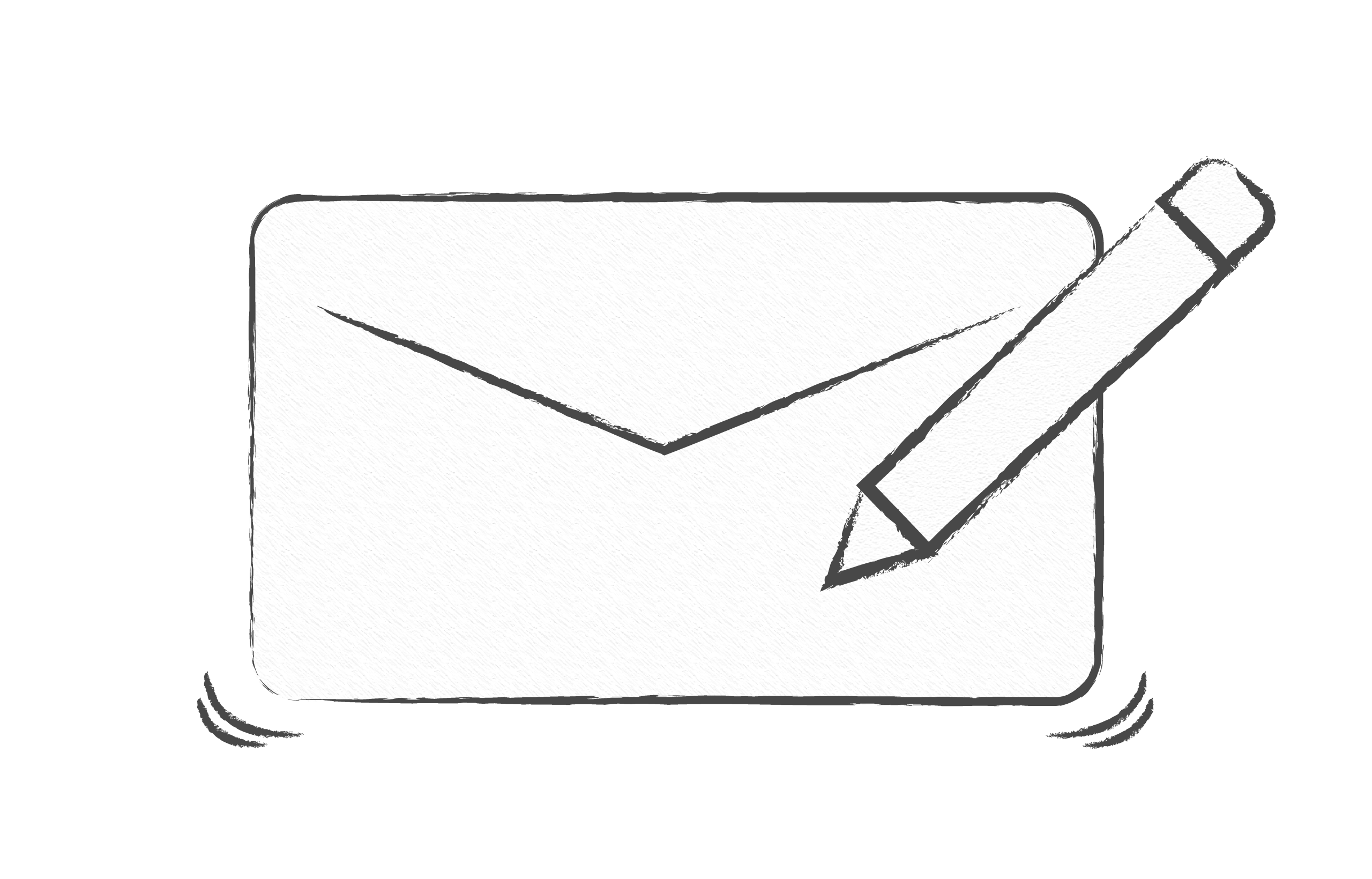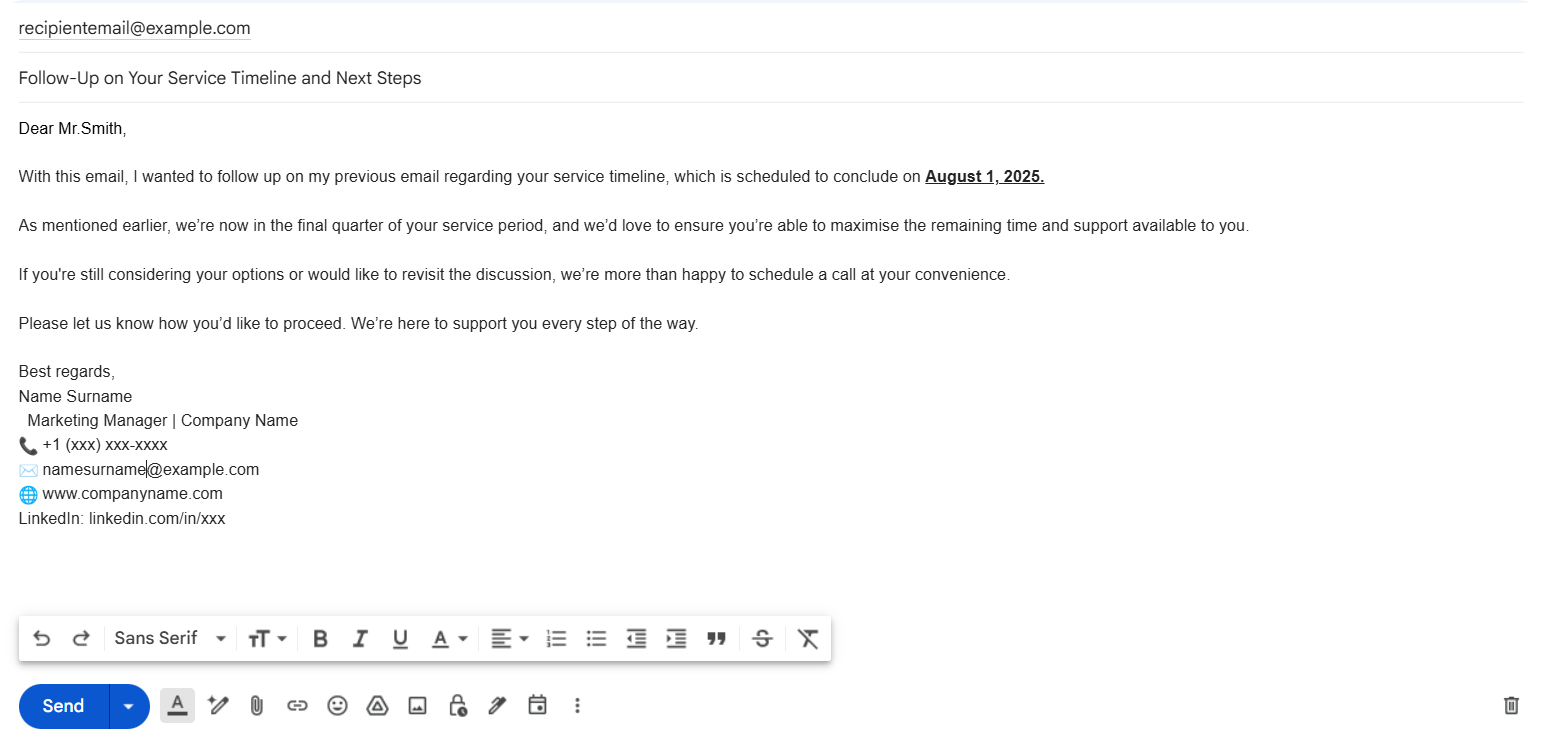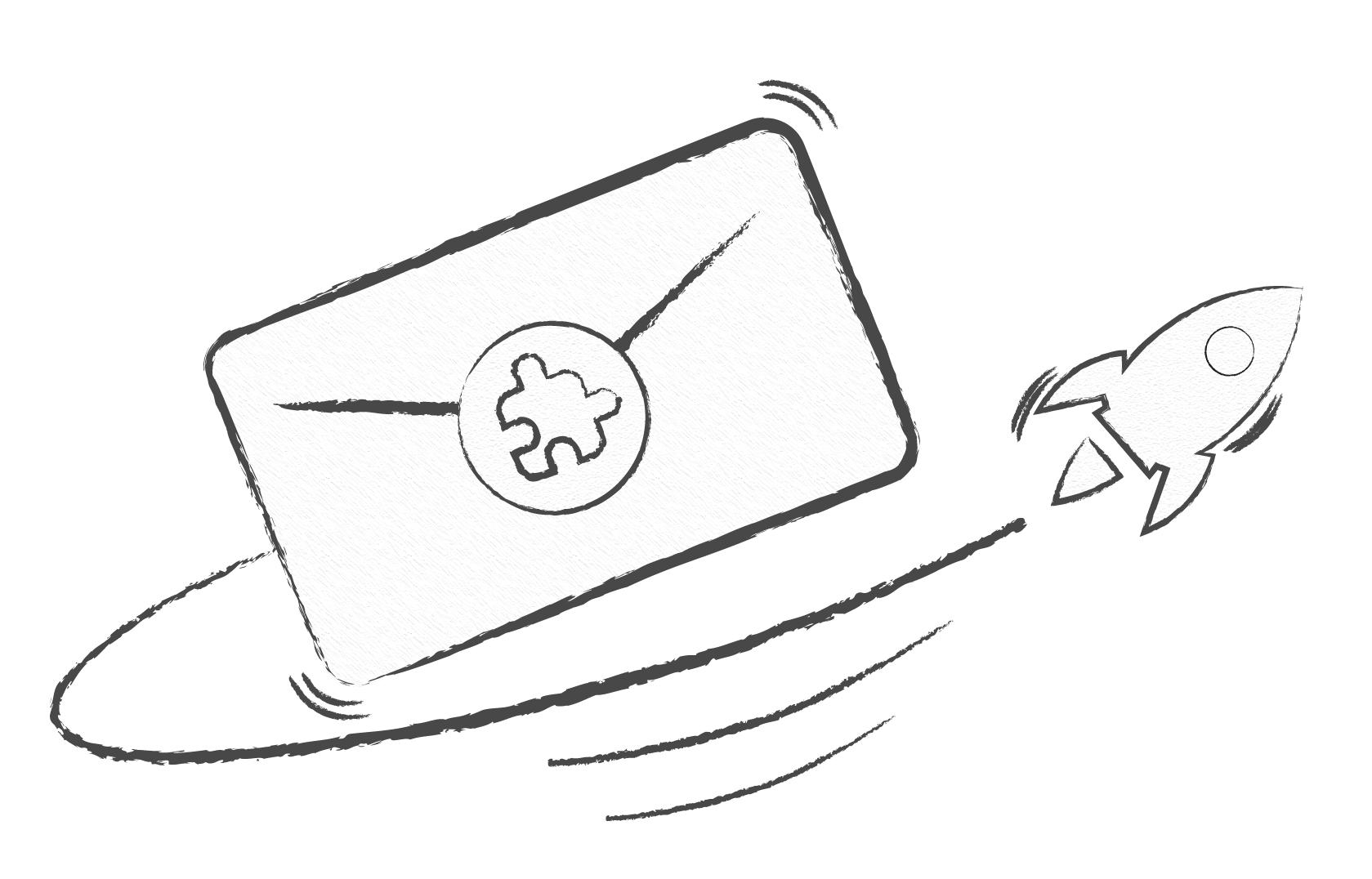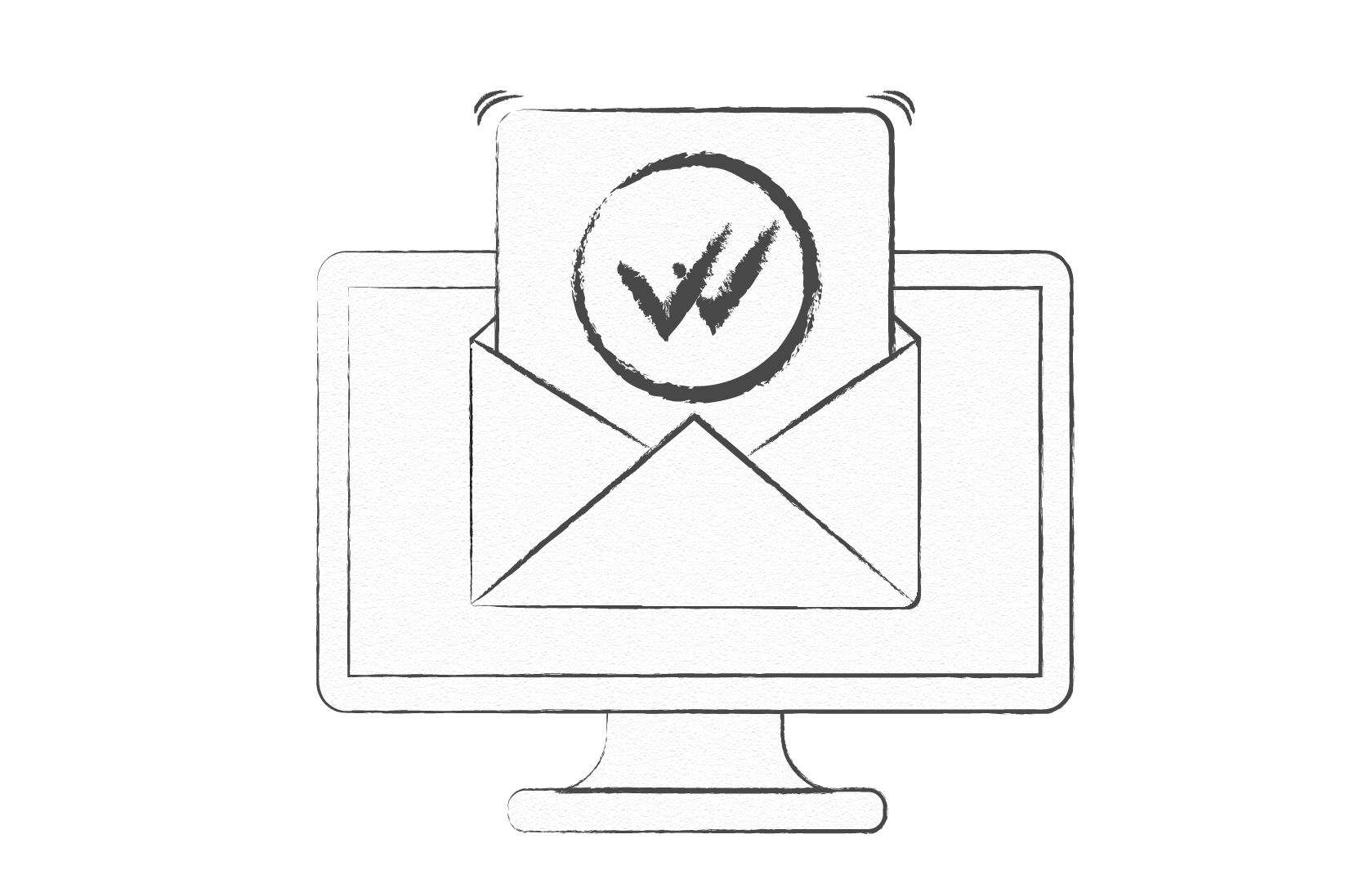
If you are in the world of business, then email is probably your core means of communication with your customers, partners, and all involved parties.
Writing emails is in your daily business routine.
But crafting professional business emails requires certain writing skills and rules to follow.
Want to master them all? Follow ahead to learn about all the necessary tips and skills for writing effective and reply-worthy business emails.
Like all types of emails and business communication, whether spoken or written, business emails follow specific norms and structures that are commonly used in the corporate world.
Here are the components you should always include in your business emails:
Email subject lines are the first thing people see when they receive your email. In business emails, they should be short, precise, and to the point. They should provide your recipient with a short description of what the email is about.
Here are some examples you can consider, later customized according to your specific email needs:
After you are done with the subject line, turn to the greetings.
Greeting phrases are one of the most important components of email personalization, and why not, business ethics. One of the most common forms of email greetings is “Dear Mr/Mrs.” with the recipient’s surname coming after.
In case you are writing to an Institution or a company staff and are not sure who will reply to your email, you can start with “Dear X Company staff members,” or the widely accepted form of “To whom it may concern”.
Right after greeting your recipient, turn to the main message.
You can start with a short introduction of yourself, your company, or the purpose of your email, and only then state the main body. So, avoid directly jumping to the main remarks after greetings to ensure a smooth transition and keep the email structure.
For better readability, you can break your text into short paragraphs or add bullet points, steps, or numbering, if applicable.
As you conclude your email, it’s important to include a closing phrase. This makes your message sound more polite and ensures it does not end abruptly. A good closing can also encourage a reply, show appreciation for the reader’s time, and improve your overall communication.
There are several common phrases used in business emails, based on the level of formality.
Here are some of them:
Right after the closing phrases comes your signature. It is a widely accepted professional way of concluding your emails and giving a short introduction about the sender in the end.
Make sure your signature includes all the necessary business information:
Below we have drafted an example email, following all the structural components discussed above:

Now that you know the necessary structure of your business emails, turn to crafting the email body. Here are some tips to consider while writing your business email.
Now that you know how to structure your business emails, next comes writing the text body.
Of course, business emails should only include formal and professional wording. Avoid using slang and avoid sounding too friendly.
Your email should be clear, precise, and to the point. Avoid long introductions or storytelling. Stick to the point so that the recipient quickly gathers the necessary information.
Let us bring another template of a professional business follow-up email, which you can also take as a reference:
[Email Signature]
Subject: [Clear and concise description of your email purpose]
Greeting:
Dear [Recipient’s Name],
Opening / Introduction:
My name is [Your Name] from [Your Company], and I wanted to reach out regarding [reason for email].
Value Proposition / Main Message:
At [Your Company], we help [target audience] achieve [specific benefit or solution]. Our [product/service] is designed to [briefly explain unique value or key feature], helping you [specific outcome or advantage].
Call to Action:
I would love to schedule a brief call to discuss how we can assist [Recipient’s Company] in achieving [specific goal]. Are you available [suggest date/time], or would another time be better for you?
Closing:
Thank you for your time and consideration. I look forward to your response.
Signature:
Best regards,
[Your Name]
[Email Signature]
Whenever possible, make your email feel personal to the recipient, not just anyone. Start by using their name and, if appropriate, mention past conversations, shared projects, or details about their role or company. This shows you are paying attention and helps build a connection.
Adjusting your message to their needs, such as highlighting how a proposal benefits their team or anticipating their questions, shows that you respect their time and increases the chances of a positive response.
Here’s a template of a personalized email, where a reference is made to a company event that happened earlier, and a past call between parties:
Subject: Follow-Up on Our Recent Discussion
Greeting:
Dear [Recipient’s Name],
Opening / Personal Touch / Personalized Remarks:
I hope [specific event or milestone related to the recipient] went smoothly. Congratulations again to you and your team on [achievement or milestone].
Main Message / Value Proposition:
I wanted to follow up on [topic or proposal] we discussed on [day/date]. Since you mentioned that [recipient’s priority or challenge], I’ve highlighted how our [product/service/solution] can specifically help [achieve desired outcome or solve problem].
Call to Action / Next Steps:
I would love to hear your thoughts and discuss the next steps at your convenience. Please let me know if a brief call this week would work for you.
Closing:
Looking forward to your response,
Best regards,
[Your Name]
[Your Email Signature]
Modern AI writing tools are especially helpful if you are stuck in your writing process or don’t know how to phrase a sentence. Consider using special prompts to help you with crafting the initial email body, which you can later customize according to your business needs.
Here’s an example of a prompt:
“Write a professional business email that is clear, concise, and polite. The email should [state the purpose of your email]. Make sure the tone is formal and professional. Include a subject line, proper greeting, and closing signature. Keep the length appropriate for business communication.”

Now that you have the generated email body, remember to read through it, as there might be some errors or the text might not suit your purpose. Check for the information included and customize if anything is missing.
If you are still not sure of your email writing skills, you can search for ready-made templates online and keep a storage of templates with different purposes and information.
Again, you can both use AI to generate a template ready for further customization, or search for email templates online that are open for public use. Copy them, customize, and save! Now you have a full archive of various templates that you can use later, depending on your purpose.
Below is a basic business email template with general phrases and sentences widely used in business communication, which you can take as an example and adjust according to your purpose.
Greeting:
Dear [Recipient’s Name],
Introduction:
[Introduce yourself or your company briefly, if necessary.]
Main Message / Value Proposition:
[State the purpose of your email clearly, for example, discuss a potential collaboration, request a meeting, provide information, follow up, etc.]
Call to Action / Next Steps:
[Add a specific action expected from the recipient, such as a reply, scheduling a meeting, providing feedback, etc.]
Closing phrases:
Example: Thank you for your time and consideration.
I look forward to [next step].
Best regards,
[Your Full Name]
[Your Email Signature]
One of the most important parts of writing business emails is writing grammatically correct and accurate emails. So, don’t rush sending your emails.
Make sure you carefully proofread your email text, correct all the typos and grammatical errors. And, if you are also sending attachments, make sure they are actually attached to the email, so that you don’t have to send another email with attachments and apologies.
Bonus tip: You can ask your colleagues to re-read your email. Maybe they will find mistakes that you have missed, or maybe they will suggest a better wording for your email.
So far, you are equipped with essential tips, templates, and examples of writing business emails. But to fully master the art of business writing and email etiquette, it will also be useful to know what not to do when writing your business emails.
You might be good at business negotiations, but you also need to feel confident in your writing. Clear email communication is important for building and maintaining professional relationships.
If you keep the business email structure, use appropriate language and wording, and make good use of AI or ready-made templates, you can write effective business emails and ensure strong business relationships.
Now that you have the key parts of business email structure and important writing tips, it’s time to use these strategies in your daily business communication.


Have you ever felt overwhelmed with your own email inbox? Then you probably know the …
Read more

That's right - you need to invest in email marketing. But to get real results, you must first secure…
Read more

Are you one of those people who feel nervous about AI? Don’t be. Yes, AI is transforming many a…
Read more

With over 97% deliverability you can ensure the best results.